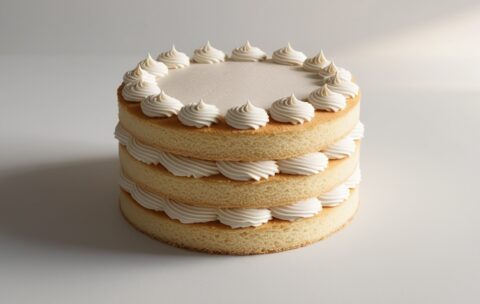Fundamentals of Classic Sponge Cakes
Unlock the art of crafting light, airy, and tender sponge …
What you'll learn
Egg-Based Leavening Principles
How egg foam structure traps air for lift
Differences between whole-egg, yolk-only, and white-only foams
Impact of sugar timing on foam stability
Classic Sponge Variations
Genoise: Creating a warm, melted-butter-enriched sponge with a tight crumb
Victoria Sponge: Whisking eggs and sugar to ribbon stage, then folding in butter and flour
Chiffon: Combining whipped egg whites with oil-based batter for ultra-light texture
Mixing & Folding Techniques
Whisking by hand vs. stand mixer: pros, cons, and timing adjustments
Proper folding to avoid deflating the foam—using rubber spatula vs. whisk
Identifying the “ribbon stage” and when to stop folding
Pan Preparation & Baking
Choosing the right pan: bottom-lined vs. unlined; tube pans vs. straight-sided
Lining, greasing, and tapping techniques to prevent sticking
Oven temperature calibration and timing for optimal rise
Troubleshooting Common Issues
Deflated cakes: Causes (undercooked foam, overfolding, abrupt temperature changes) and fixes
Uneven surfaces or excessive doming: Adjusting rack position and heat distribution
Dry or gummy crumb: Balancing moisture with ingredient ratios
Finishing & Assembly
Leveling and slicing sponge layers for clean, even stacks
Simple syrup soaking for added moisture without collapsing structure




